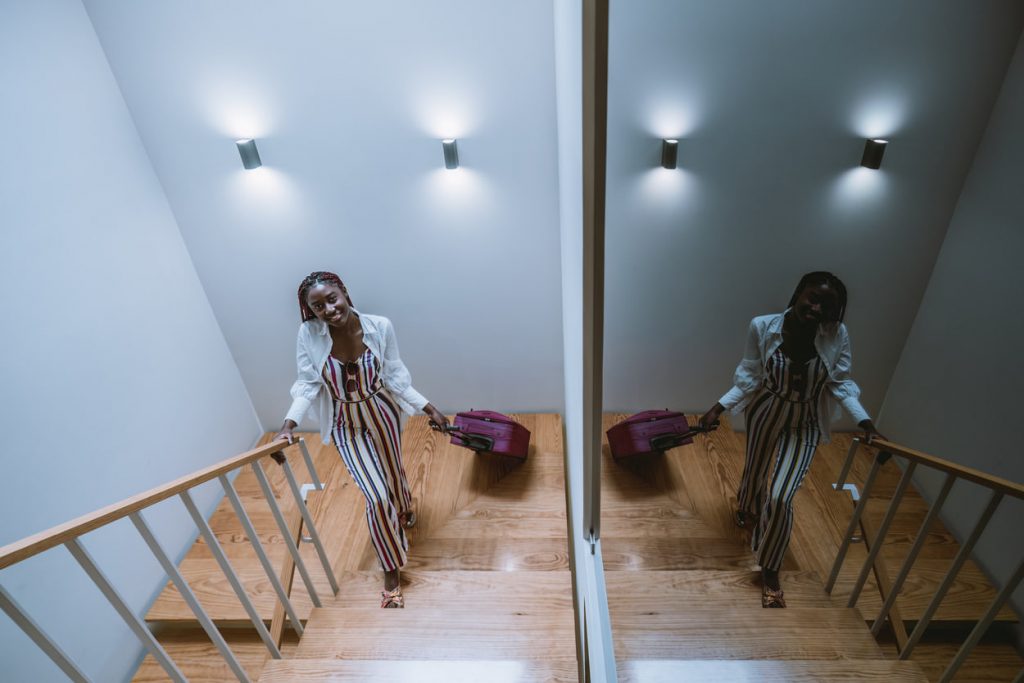Understanding the Role of Light in Interior Photography
Light is not just a technical necessity in photography; it’s the foundation of mood, clarity, and spatial storytelling. In interior photography, it determines whether a room feels cozy, sterile, dramatic, or flat. Working with light—both natural and artificial—is a crucial skill for any photographer capturing indoor spaces. Mastery begins with understanding how each type of light behaves and how to make it serve your creative intent.
Harnessing Natural Light
Natural light is often the most flattering, accessible, and realistic source for interior photography. Its soft diffusion during early morning or late afternoon (golden hour) can add warmth and depth to your images. South-facing windows provide consistent light throughout the day, while north-facing ones offer a cooler, more even tone.
The key to mastering natural light lies in observation. Take note of how light travels through a room at different times. Use sheer curtains to diffuse harsh rays or reflectors to bounce light into darker corners. Always turn off artificial lights when relying on daylight, as mixing sources can result in unflattering color casts.
Window direction, season, and weather all influence natural light. A cloudy day may give you the softest, most even light possible, while a sunny afternoon can create strong contrasts and dramatic shadows. Learn to work with what you’re given and anticipate changes in lighting as you shoot.
Controlling Exposure with Natural Light
Rooms with a lot of contrast can challenge your camera’s dynamic range. Exposing for highlights may result in dark shadows, and vice versa. Consider bracketing exposures and blending them in post-processing if you’re working with high contrast scenes. Alternatively, you can use a light meter and spot readings to determine a balanced exposure based on the subject’s importance.
Reflectors and bounce boards help distribute available light more evenly. Use white foam boards to soften shadows, silver ones to boost brightness, and black ones to add contrast or block light where needed. These simple tools can dramatically improve the quality of a naturally lit scene.
Introducing Artificial Light Sources
Artificial light fills the gaps where natural light falls short. Common sources include ceiling fixtures, table lamps, LED panels, and off-camera flash. Each of these has its own color temperature and intensity, so controlling and matching them is critical.
For a clean, cohesive look, use consistent white-balanced lighting throughout the space. Avoid mixing warm incandescent lights with cool daylight unless you’re deliberately creating contrast. If you’re using strobes or LED panels, dial their color temperature to match the existing environment or use color correction gels to harmonize with ambient light.
Supplemental lighting can also be used creatively. A soft fill light can bring depth to furniture textures, while a backlight can separate elements in the frame. Avoid harsh direct lighting that flattens the subject or creates unintentional hotspots on reflective surfaces.
Balancing Mixed Lighting
Many interior spaces contain a mix of window light and artificial lighting. Balancing them requires attention to white balance and intensity. Shoot in RAW to allow for more flexible color correction in post. Try adjusting artificial lights to match the color temperature of daylight or close curtains to isolate a single source.
When in doubt, simplify the lighting. Turn off all artificial lights and work only with daylight, or the opposite. Control gives clarity, and clarity gives consistency. Let the space dictate what combination of lighting best highlights its design and ambiance.
Practical Tips for Effective Interior Lighting
Start by setting up your camera on a tripod. Interior photography often requires slower shutter speeds due to low light levels, and stability ensures sharp results. Use aperture priority mode to maintain depth of field and let your camera handle exposure adjustments, or shoot fully manual if you’re confident in your control.
Keep your ISO low to avoid grain, especially when shooting with artificial light. A wide-angle lens can capture more of the space, but be careful to avoid distortion near the edges. Use live view mode to preview how light plays across the scene before taking the shot.
Post-processing is part of the lighting workflow. Slight tweaks in contrast, shadow recovery, or highlight control can bring out hidden details. But no edit can replace good light at the time of capture. Aim to get it right in-camera.

